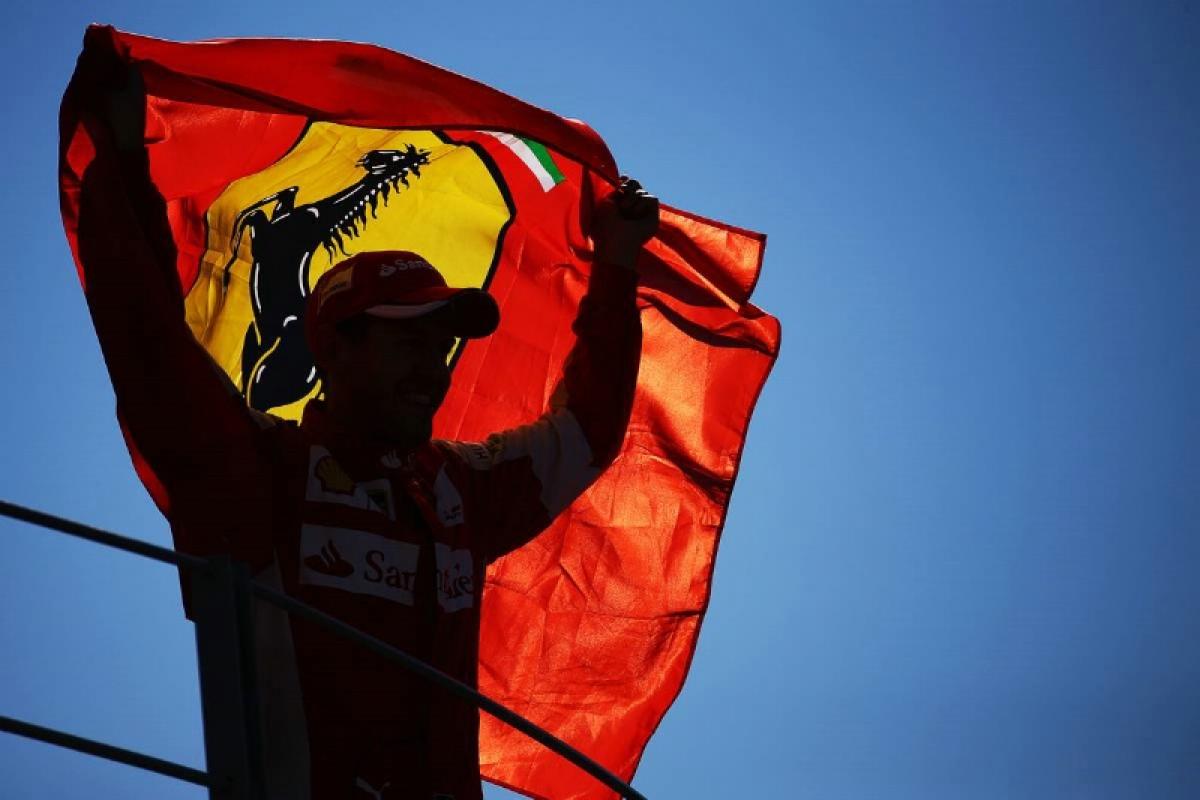F1 Italian Grand Prix: Mercedes rubbish tyre pressure conspiracy theories

Toto Wolff has brushed off suggestions Mercedes had intended to allow the tyre pressures to drop on its cars heading into the Italian Grand Prix, despite otherwise following correct protocol.
Lewis Hamilton's dominant lights-to-flag victory at Monza was not confirmed until several hours later after Mercedes was summoned to the stewards to explain why tyre pressures on both Hamilton and Nico Rosberg's cars were below the legal limit.
An investigation subsequently revealed that the left rear tyres were the correct pressure when they were fitted, as proven by Pirelli, but would proceed to lose pressure (0.3psi on Hamilton's car, 1.1psi on Rosberg's) as they cooled due to the tyre blankets not being connected on the grid.
The first time stewards have tested tyre pressures on the grid, only Mercedes and Ferrari were sampled, with Ferrari passing. However, the subsequent variance in results on the Mercedes despite conducting correct procedures means there is reason to believe other teams could also be affected. As a result, a review of protocols is set to be undertaken.
It means that, though there is no denying that Mercedes ran with different tyre pressures in the race - which Wolff describes as a tiny discrepancy -, since the team had followed pre-determined protocols and thus not intended to gain an advantage, it would not be punished.
"We followed the procedure established with Pirelli, which was to have the tyres in the blankets, and check the pressures together with Pirelli," Wolff said. "The pressures were well above the minimum because safety is important for us. The tyres on the car for whatever reason, maybe because they cooled down, a different pressure was found on one of the tyres. It was a tiny discrepancy.
"You check the tyre pressures when you put them on the car. It is about defining the procedure when those pressures are being checked in the future so it is the same for everybody."
Wolff went on to dismiss the notion that Mercedes intentionally set the tyre pressures to the minimum in the knowledge they would subsequently reduce when they cooled, pointing out that by doing that it wouldn't be able to control the spread and it would be a detriment to performance.
"At the end of the day it can be performance costly if you have one tyres that is a different pressure than the others.
"We have worked the whole week after Spa with Pirelli to find solutions in order to make those tyres safe," he continued. "We were very much part of trying to guide them on minimum tyre pressures and minimum camber, which we already had on our car at Spa, so I can rule out that we would be the ones who were trying to gain an advantage in a way which is absolutely unscientific and uncontrollable.
"How do you want to measure how much a tyre pressure drops when you disconnect it and why would you have it only on one tyre and then discrepenancy between two cars?"
